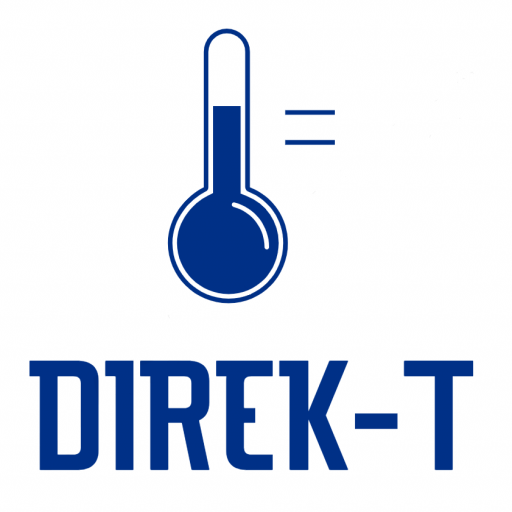WP 4: Establishing primary thermometry capability from 300 K to 700 K
NPL (WP leader), CMI, CMS/ITRI, INRiM, NIM
The aim of this work package is to establish a capability for the dissemination of thermodynamic temperature between 300 K and 700 K with T–T90 target uncertainty of 0.6 mK at 300 K and 7 mK at 700 K (k=1). This will be achieved by developing high-temperature AGT systems. These systems are required for dissemination of thermodynamic temperature in the gap between the well-established techniques of low-temperature AGT, DCGT, and RIGT (~5 K to ~300 K) and primary radiation thermometry (> 700 K).
Research conducted as part of the EURAMET InK2 and Real-K projects advanced the state-of-the-art in high temperature AGT. However, significant challenges remain in attaining low enough uncertainties to be a viable alternative to ITS-90. AGT techniques above 430 K are substantially different from those at lower temperatures. For example: standard microphones have an upper temperature limit of 430 K, and above this acoustic waveguides must be employed; outgassing of impurities from the resonator walls can be a major issue; capsule thermometers cannot be used above 505 K; and controlling temperature gradients becomes increasingly difficult.
Currently, none of the participant NMIs possess the capability to disseminate thermodynamic temperature between 430 K and 700 K. Some of the partners have been researching high temperature AGT for several years, while for others this is a relatively new endeavour. Extensive collaboration between the partners is essential to accelerate development of the primary thermometers, especially for those partners at an early stage of research.
The first activities of the work package will involve knowledge exchange, facilitated by a hybrid workshop. This informal meeting will enable participant institutes to share design ideas, techniques, data, code etc. The collaboration will continue throughout the work package activities, through regular informal communications and occasional online meetings.
Each participant will develop their apparatus and make independent determinations of T–T90 by comparing acoustic temperatures with measurements from SPRTs calibrated according to ITS-90, this data will be pooled at the end of the project to determine new consensus values of T–T90 at these elevated temperatures.

